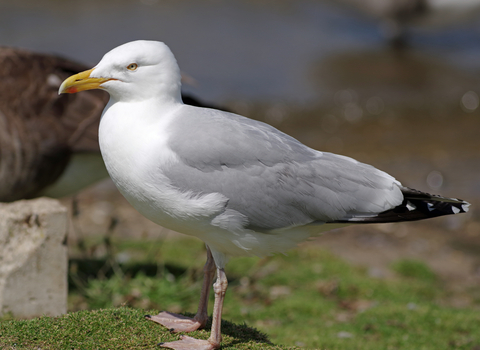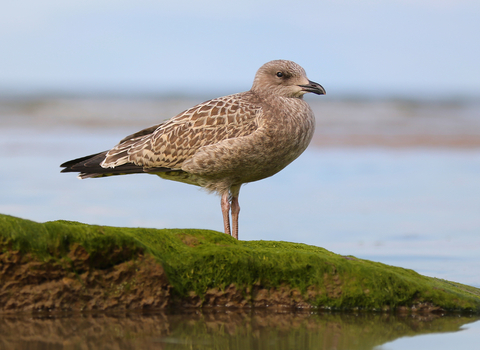
Herring gull ©Gillian Day

©Jon Hawkins/Surrey Hills Photography
Herring gull
The herring gull is the typical 'seagull' of our seaside resorts, though our coastal populations have declined in recent decades.
Scientific name
Larus argentatusWhen to see
January to DecemberSpecies information
Statistics
Length: 55-67cmWingspan: 130-150cm
Weight: 690-1440g
Average lifespan: 12 years
Classified in the UK as Red under the Birds of Conservation Concern 5: the Red List for Birds (2021). Priority Species under the UK Post-2010 Biodiversity Framework.
